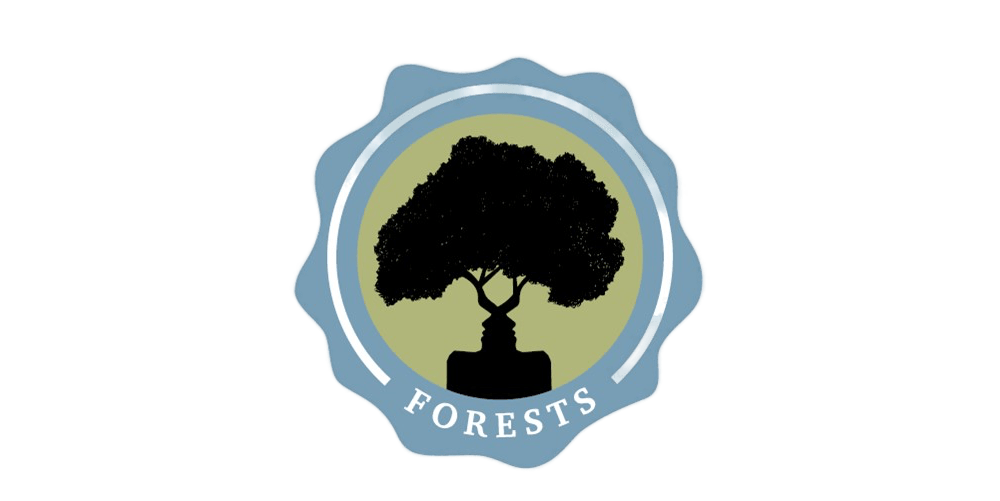A Guided Exhibition on Pisgah National Forest

A Guided Exhibition on Pisgah National Forest" showcases recent work of a new community-engaged archaeological project in the Grandfather Ranger District of Pisgah National Forest. By locating and curating objects all but lost among the understories of the forest (ancient pathways, agrarian homesteads, overgrown pastures, remnants of logging or milling operations), this project aims to reconnect the diverse communities of western North Carolina with stories of Pisgah's bewilderingly diverse pasts. Weaving these stories into the fabric of different forest trails, "A Guided Exhibition on Pisgah National Forest" will debut a Web-based exhibition that will continue to develop organically over the coming year.
Featuring:
Christopher Witmore, classical archaeologist, TTU
Jen Gates-Foster, classical archaeologist, University of North Carolina
Caleb T. Lightfoot, architect and designer
Summary
- The presenters introduced an online exhibition for Pisgah National Forest in North Carolina, focusing on the Hickory Branch Trail. This ties into archaeological research by the Catawba Veil Collaborative.
- The Hickory Branch Trail was purpose-built by the Civilian Conservation Corps in the early 20th century. It passes through old-growth forest regenerated after clearcutting in the late 1800s.
- The area has a deep indigenous history going back 10,000 years. The exhibition addresses this sensitively, raising issues like place names and forest management.
- Architect Caleb Lightfoot presented conceptual designs for storytelling "hinge" monuments along the trail, made from local materials. These encourage reflection and community input.
- The project resists authoritative narratives, aspiring to an open-ended "deep map" filled with diverse voices and experiences. It aims to foster inclusive community identity and dialogue.
- Discussion covered non-human actors shaping landscapes, accessibility for the blind, traces as an archaeological concept, and more. There are tensions around presenting complex histories.
The exhibition and research explore relationships between forests, archaeology, design, literature, community, and memory. The collaborative project models new modes of place-based storytelling and community engagement.

Member discussion